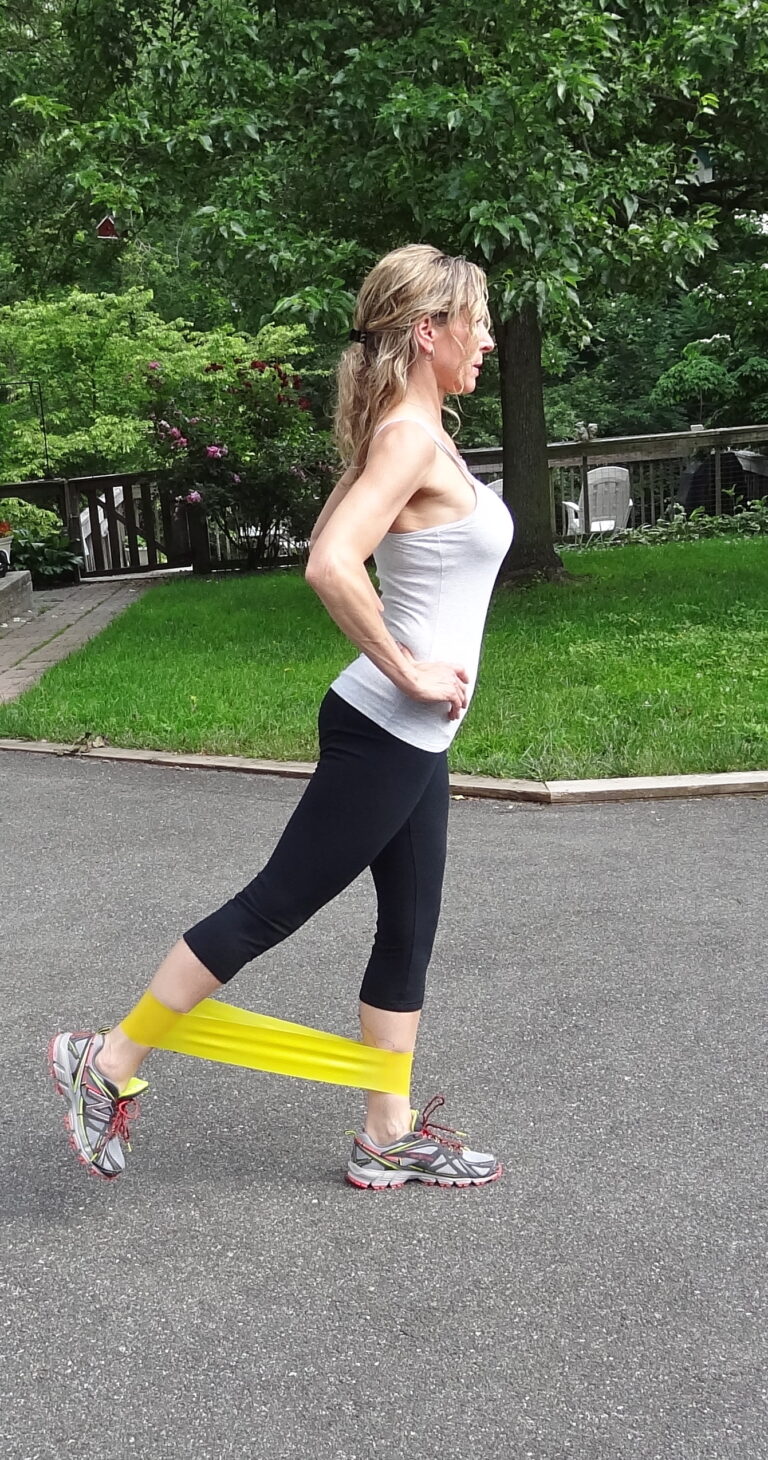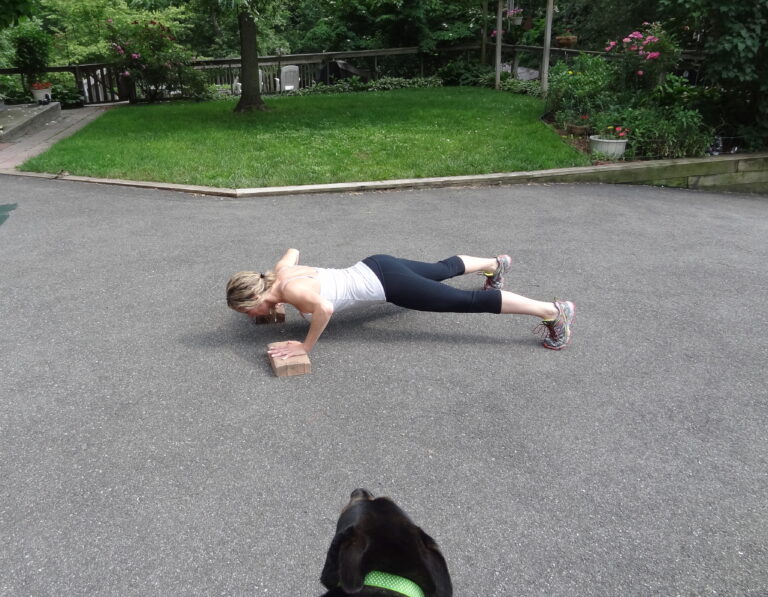Hot weather and exercise. One of my favorite things about summer in New Jersey is the ability to take my workouts and group classes outside in the nice weather, fresh air and a great workout where I actually sweat! We are all more likely to switch our workouts to the outdoors, but with the heat it not a good idea to just make a quick switch from the gym to the outdoors. Your body needs time to adjust to higher temperatures and the environmental changes of the increased temperatures; it can take several days of heat exposure and exercise combined to adjust your body and reduce the risk of heat injury and illness.
When exercising in higher temperatures, your body’s core temperature rises, releasing blood into the capillaries of your skin to cool your body down, which then reduces the blood supply available to the muscles that you are working, less blood and oxygen are delivered to the power source that is moving you forward and less blood moving out the waste products from these areas. As this waste builds up in the muscles, it will slow you down!
Start with 15-minute sessions of outdoor exercise, avoid working out during peak temperature and humidity, depending where you live, this time frame varies, you can gradually increase your workout time over the next 10-15 days to ensure your body is safely adapting.
This approach will help your body adjust, you’ll sweat more and sooner, but you’ll also be losing fewer electrolytes, allowing your body to adjust properly which leads to a lower body core temperature, a decreased heart rate response to exercising, and a lower chance for dehydration and electrolyte depletion.
Here are a few of my personal tips:
Be aware of your medications, antihistamines, blood pressure medications, anti-depressants, anti-inflammatory, cold medications, cholesterol and many other medications can interfere with the body’s ability to adjust to heat and throw off the body’s electrolyte balance and increase the risk of dehydration.
Drinking fluids containing caffeine before a warm weather workout can also cause you to generate more heat and increase your heart rate. Try to stick to plain water.
Avoid dark colored clothing; wearing lighter colors will help reflect the sun’s rays. Wear comfortable, lightweight clothing.
Please no hats! I see so many people wearing hats in the heat! We release a lot of heat through our head and hats hold in too much heat. If you want to protect your eyes use a visor or wear a headband to keep sweat out of your eyes. I use a bandana but that can even be too hot if not put on correctly.
Always wear sunscreen! Try to work out early in the day or later before it gets dark.
Please be Aware of Heat Illnesses and Symptoms:
Heat Cramps are caused by an electrolyte deficiency/imbalance from exercising in hot weather. Symptoms to look for are sharp, stabbing pain in a muscle, more common in the leg muscles, but it can also occur in the diaphragm, which causes a very painful side stitch/pain. If you experience these symptoms, stop exercising, drink fluids containing electrolytes, cool your body with wet compresses and get to a cooler area immediately. Always seek medical attention if you do not feel better.
Heat Exhaustion is caused when the body is unable to dissipate enough heat that is generated during exercise in hot, humid conditions as well as a loss of electrolytes in our bodies. Symptoms to look for are a moderate rise in body temperature, nausea, dizziness, vomiting, headache, weakness, loss of coordination, heat cramps, profuse sweating with moist and cold skin that causes goose bumps, as well as a rising heart rate and fatigue. If you experience any of these symptoms, stop exercising immediately, slowly drink fluids containing electrolytes, cool the body with wet compresses, get to a cool area and lie down with your feet elevated a few inches above your heart. It is best to seek medical attention because heat exhaustion can quickly progress to the more dangerous heatstroke.
Heatstroke is caused when our body’s thermoregulation fails, again the body cannot dissipate the heat generated during exercise due to one or more of the factors mentioned in the illnesses above and the core body temperature rises to 105°F or higher. Symptoms of heatstroke can be the same as heat exhaustion but the person also experiences more serious symptoms such as lethargy, extreme weakness, confusion, disorientation, unconsciousness, accompanied by cessation of sweat and hot, dry skin. Heat Stroke is dangerous and can lead to convulsions, seizures, coma, and even death. Get medical attention immediately by calling 911, if possible move the person to a cool area, remove clothing, and apply cool water compresses, if possible place ice packs under arms and groin.
Exercising is a great way to stay active, healthy and happy, so get outdoors and get to those walking lunges and sprints, but be aware of the changes in your environment to assure your maximum results and safety!
 Notice in the next picture my assistant Brandon? Yes he exercises with me when I am in the back yard, mainly licking my face! And what a clown he is, it adds much needed laughing to my outdoor workouts!
Notice in the next picture my assistant Brandon? Yes he exercises with me when I am in the back yard, mainly licking my face! And what a clown he is, it adds much needed laughing to my outdoor workouts!
